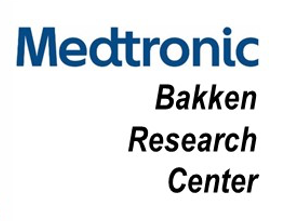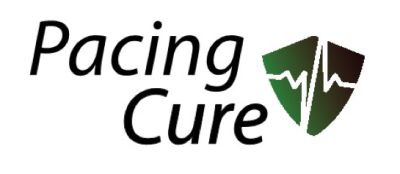Biological pacemaker made from lentiviral gene therapy
In LentiPace, PacingCure B.V. works with the Amsterdam University Medical Centers, and Medtronic Bakken Reserac Center, on developing gene therapy-based biological pacemakers for patients with bradycardia (slow heart rate disorders).
Current state-of-the-art treatment is implantable electronic pacemakers which, while having gone through more than 50 years of evolution, still come with many problems that impact negatively on the lives of millions of patients who need a pacemaker. These problems are challenging to solve because they stem from the fundamental design of electronic pacemakers. Our technology leaps beyond state-of-the-art, finally allowing us to solve these problems by replacing electronic pacemakers with a hardware-free, biological treatment. The novel therapy provides improvements in quality of life (generating robust sensitivity to autonomic modulation, optimal cardiac output, and is devoid of hardware-related complications), at a reduced cost to society.
The biological pacemakers help to restore electrophysiological properties required for the maintenance of adequate and efficient cardiac contractions. It utilises gene therapy vectors to deliver therapeutic ion channel proteins to restore the function of the heart’s natural pacemaker and conduction system. This gene therapy product will be administered via a minimally invasive, transvenous procedure, employing clinically approved injection catheters, directly intramyocardially. By using lentiviral-based vectors, pacemaker function can exhibit a permanent (i.e., life-long) effect, carrying the potential to cure the diseased pacemaker and conduction system. The result is a more effective, more durable, and safer treatment whose monitoring requires a less complex and costly infrastructure and can be easily achieved from the patient’s home.
This joint effort builds further on earlier published animal models that demonstrated clear proof-of-concept and forms the missing link in the transition towards implementation of a long-term expression system (i.e. the lentiviral vector system). Such transition is crucial in the development of long-term clinical applications.



